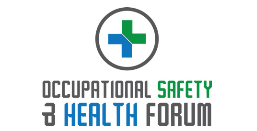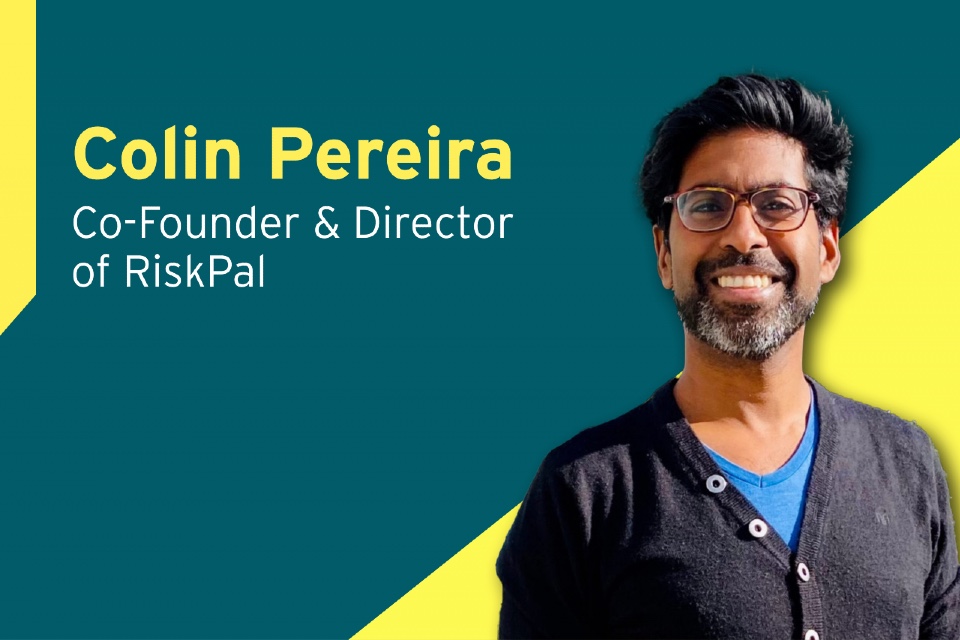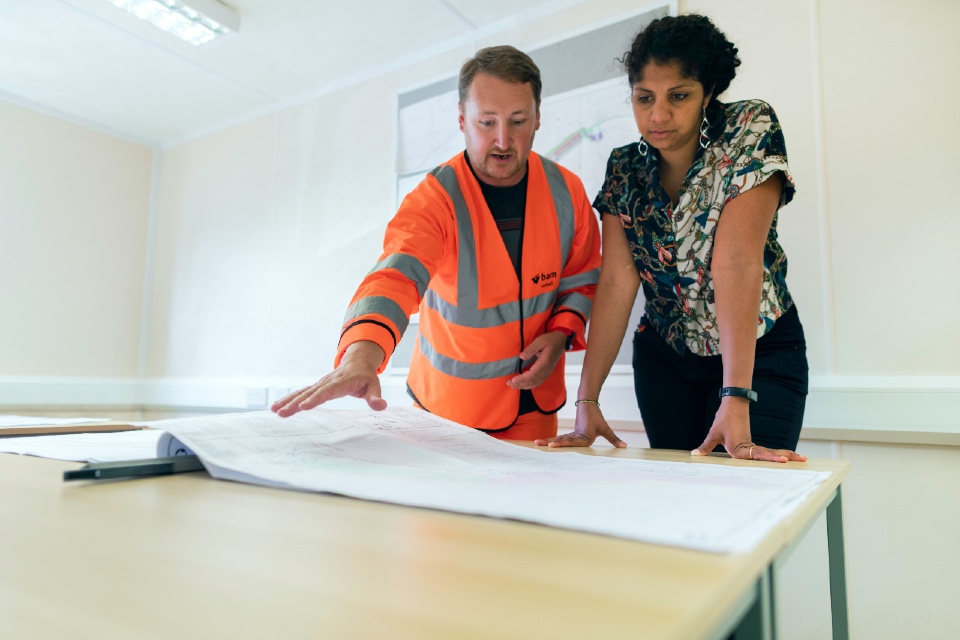In the latest instalment of our health & safety industry executive interview series we spoke to Colin Pereira, Director & Co-Founder at RiskPal, about his company, how technology can help remove bureaucracy from the risk assessment process, the importance of formal risk identification and his biggest challenges…
Tell us about RiskPal.
RiskPal is a digital platform that allows an organisation to smartly and easily build a robust risk assessment process.
At its core is a customisable database where hazards and corresponding best practice guidance, or controls, can be stored and easily accessed. The guidance nudges safe behaviours while raising the overall quality of the risk assessment.
Today, we have hundreds of hazards in the risk library that help users quickly build comprehensive risk assessments. And RiskPal users tell us that it works; they are seeing greater participation in the risk assessment process and safety behaviours adopted in practice.
What made you build a risk assessment platform?
My co-founder Dave and I have worked in media risk management for many a decade. We have seen thousands of poor-quality risk assessments and wasted countless hours working with their authors to improve them.
We realised that for many people, risk assessments are a bureaucratic headache that is fraught with pain points. Many individuals simply don’t know how to fill out an assessment correctly and are too busy to invest time in learning. They become side- tracked by clunky documents with formatting difficulties, frequent duplication of data input and never being able to find the right version in an overflowing inbox. This simply turns people off. What you end up with is a hurried document of little value, compiled by an increasingly frustrated author who views it as a box ticking exercise – safety becomes an afterthought.
We knew there had to be a better way and so set about building RiskPal.
Why is a formal risk assessment so important?
Risk assessment is built into human nature. From before the time our ancestors learned to walk upright in the Savannah, their brain was already attuned to working out what could hurt or kill them and how to avoid that fate. So, in theory people should take to filling risk assessment forms like ducks to water.
However, one of the other evolutionary priorities of the brain is to preserve energy and constant risk evaluation is exhausting. So, by design, people tend to relegate decision making on frequently encountered threats to their subconscious. This means they often operate on a form of autopilot. That’s why even the most experienced people fall victim to completely avoidable accidents and injuries.
Going through the formal process of risk identification, being prompted to focus on safety and challenged to mitigate the risks can serve to disengage our natural autopilot.
There’s also the legal requirement but I think your readers will know enough about that!
So, what makes RiskPal different from other platforms?
In a nutshell, we prioritise the user experience to make the risk assessment process as intuitive as possible.
Experience tells us that if a process is frustrating, people will often abandon it or do it badly. By removing the frustrations, you remove the distractions and excuses not to do the assessment right. People actually engage and appreciate the fact that effort has gone into making their lives easier. They become more productive and focused on risk mitigation and safety.
We strive to make the entire risk assessment process as simple as possible.
From creating templates, to filling out the assessments, inputting edits and formally approving documentation, we have made the whole process both easier and more impactful. The point is that risk assessment does not have to be hard to be high quality.
I am pleased to say that the other day a client told me that “RiskPal is the iPhone of safety assessment technology,” and that his colleagues are embracing it. Given the iPhone is an icon of intuitive design, I felt that we are really onto something.
What have been the biggest challenges?
Let’s just say I relate to the Mark Twain quote “I didn’t have time to write a short letter, so I wrote a long one instead.”
Building a system that works seamlessly, and is simple for the user, is incredibly complex behind the scenes. It’s taken us longer to get to where we are now, with the platform, than we had hoped but I’m told that this is common in the world of technology. Balancing an array of user requirements with our own development roadmap requires some juggling at times, but agility in our work has been an essential part of the RiskPal journey.
Positive user feedback really makes it all worthwhile and last year’s Product of the Year award in the CIR Risk Management Awards really reassured us that the challenges we face are part of the journey.






